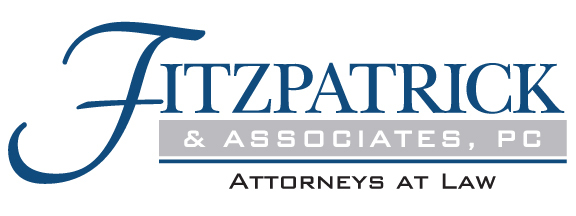Home equity is something that most, if not all, homeowners have heard of. But it’s important to fully understand what it is, how to take advantage of your home equity, and what you can use your home equity for.
Let’s start with the basics. What is home equity? The short answer is home equity is the portion of your property that the homeowner owns, versus the percentage of what the homeowner is still paying on.
How do you know how much equity you have? The simplest way to understand how much equity you have is to subtract the amount you owe on your property from how much your property is actually worth.
It’s easy to determine how much you owe, but how do you determine how much your property is worth? You can use a simple online valuation tool; however, this might not provide the most accurate picture. Another option is to have a real estate agent advise prepare a comparative market analysis. But the most precise way to determine how much your property is worth is to have an appraisal done.
If you go through the process of determining your home’s equity, you’re probably planning on using that equity. There are many ways people use their home equity. One of the most common ways of using equity is to make upgrades to your home or plan complete renovations. Others may want to determine their equity to figure out home much money they would have available for a down payment on a new home. Still others might plan on using their home equity to help pay for their children’s college, plan a family trip, or count on it for their retirement.
How do you access your home equity?
Below are three ways to access your home equity.
Home Equity Loan:
The home equity loan, often referred to as a second mortgage, allows you to borrow against the equity you have in your property and gives one lump sum of money all at once. Like your mortgage, you start making your monthly payments on a set schedule each month. With the home equity loan, the interest rate is generally lower than that of a personal loan.
Home equity loans are fixed rate loans, which eliminates worrying about whether your payments will fluctuate depending on the market.
Home Equity Line of Credit, or HELOC:
The HELOC is similar to the home equity loan. With both loans, you’re borrowing against your equity, however the disbursement is different for each. With the HELOC, you have the draw period and the repayment period.
The draw period is the time frame you have to actually withdraw the funds that are available to you. You do not receive a lump sum payout with this loan. Instead, you have to access to withdraw funds when needed. During this period, you will likely make payments only on the interest of the money you’ve borrowed.
After a period of time that was predetermined upon approval for the HELOC, you enter the repayment period. Once you enter this period, you will no longer be able to draw on the funds, and you’ll be required to start paying on the principal and interest, versus just the interest payments you were making during the draw period.
With the HELOC, you do need to be cautious of a few things. For one, these loans are variable rate loans, not fixed rate. Also, most lenders charge an annual fee to keep the loan open, or in the “draw phase”.
Cash-Out Refinance:
Most everyone is familiar with the term refinance. Many consider refinancing to get a better interest rate. The cash-out refinance allows you to refinance in a similar way. The difference? You’re able to get cash back, drawn against your home equity, to use at your own discretion.
While there are options to pursue if you’re considering tapping into the equity in your home, be careful you choose the right option for you, taking into consideration how much equity you have and what you’re using the money for. Don’t hesitate to talk to your lender, or various lenders, for more information and guidance.

